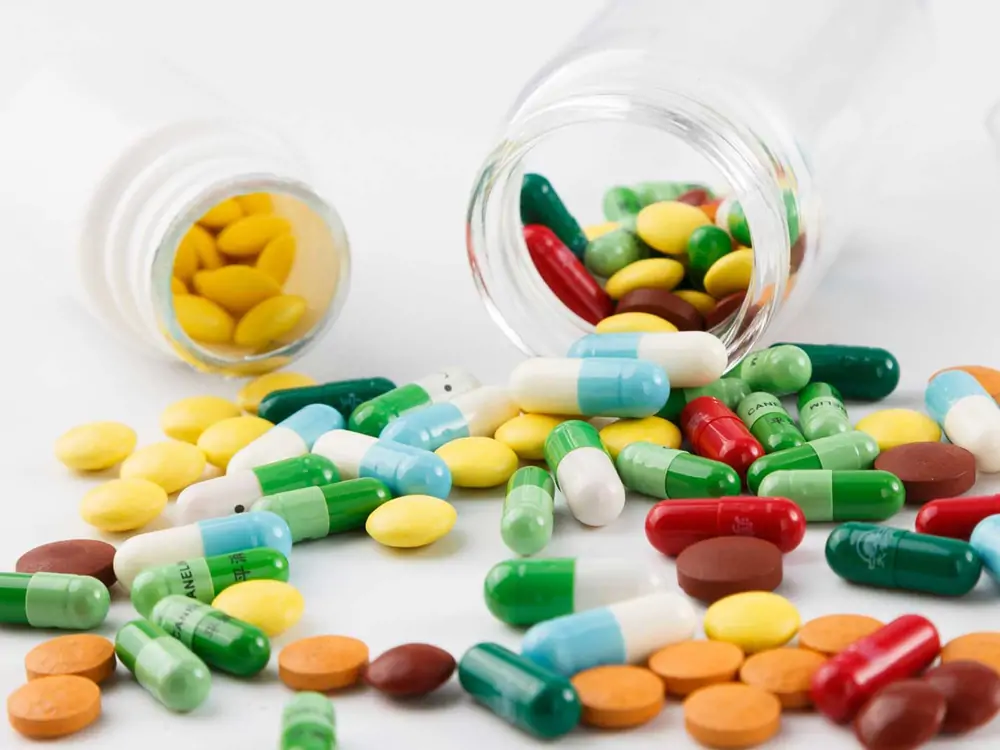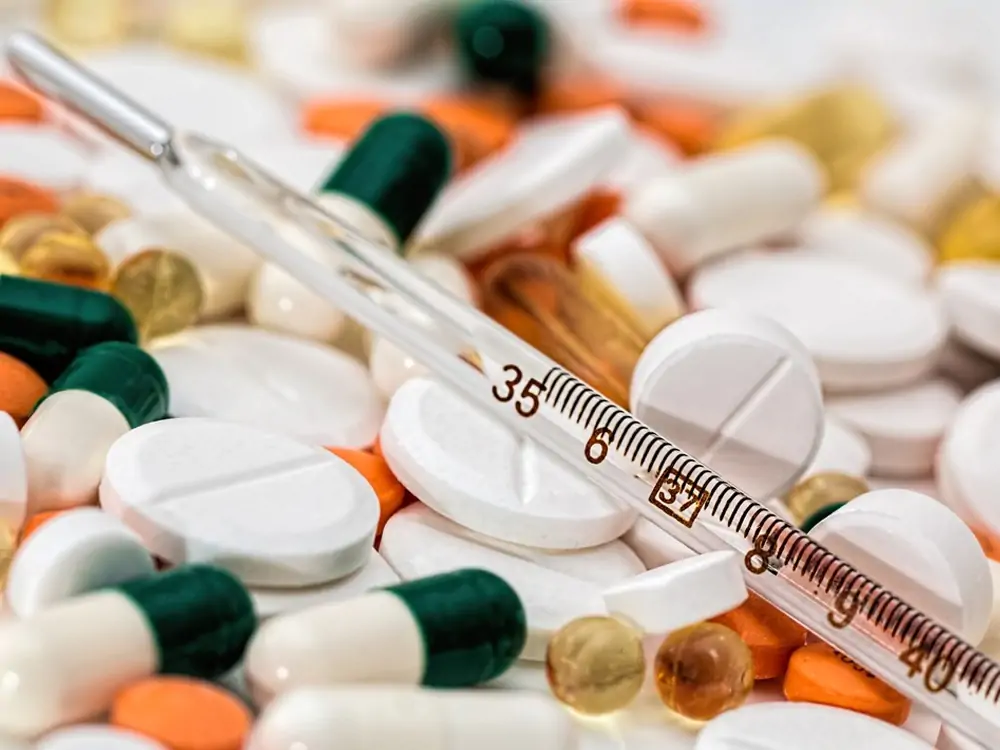Drug stability testing plays an important role to safeguard pharmaceutical products. This includes various laborious tests to access different properties. These properties include chemical, physical, and microbiological under storage circumstances. This analysis helps to determine the different factors of a drug. It includes the shelf life, necessities, storage, packaging, and permitting manufacturers. This all factors are important to explore the significance of drug stability testing. Moreover, what role it plays in its regulatory compliance?
Importance of Drug Stability Testing:

Drug product stability testing guarantees purity, safety, and effectiveness. The pharmaceutical products undergo testing for their proposed shelf life. When subjecting these drugs to testing, the manufacturers identify degradation pathways. They also access the impact of environmental factors and determine storage conditions. This is helpful to safeguard the drugs and maintain their efficiency till expiry.
This stability testing for new drugs recognizes the degradation products. Further, this testing helps to determine how much time these new drug substances form. These degradation products may be futile, and toxic which leads to therapeutic outcomes. Also, it impacts patient safety. The manufacturers of new drugs change the formulation or packaging to reduce risks.
Components of Drug Stability Testing:
- Physical Stability Testing: This stability testing indicates the appearance of the drug. For instance, the clarity, color, and PM. This test determines changes in physical conditions over time. These include such as the dissolution rate, crystallization, or viscosity.
- Chemical Stability Testing: The chemical stability testing evaluates the reliability of the drug. The test analyzes the concentration, impurity level, and molecular structure. Also, it determines the degradation ability and impurities using different techniques of chromatography.
- Microbiological Stability Testing: This testing emphasizes microbial contamination and growth in pharmaceutical products. This confirms that the drugs are free from harmful contaminants.
Batch-to-Batch Consistency:

The drug product stability testing of new drugs certifies the batch-to-batch consistency during manufacturing. The examination of the expiry date and the stability testing determines potential changes in it. The manufacturers can then also determine changes in stability profiles. This information starts vigorous processes that produce drugs within specific conditions. Consistency in drug quality is vital for maintaining therapeutic efficiency and patient trust.
Establishing Shelf Life:
The shelf life is the period in which a drug remains in its actual condition. These conditions include strength, identity, effectiveness, and quality. The pharmaceutical companies regulate the drug’s shelf life throughout the testing. Also, they estimate how long the drug is safe to use and stable. This information is important for labeling, and compliance of the drug products. Further, it confirms the effectiveness of the drug for human intake.
Drug Testing Methodologies:
Accelerated drug stability testing involves several steps that confront during the shelf life. Some usual methodologies include:
- Real-Time Stability Testing: This product stability testing consists of storage samples for an extended time. It offers information on the long-term effects of storage. Also, it is important for regulatory submissions.
- Accelerated Stability Testing: This stability testing involves the samples to boost stress conditions. The conditions include higher temperature and humidity, to simulate the aging process. The purpose is to determine the stability of the drug over time. This also assesses the shelf life based on the degradation rate.
- Forced Degradation Studies: These studies expose drugs to harsh conditions. Such as heat, light, pH extremes, or oxidation. When subjecting drugs to extreme conditions, manufacturers identify the pathways of degradation. Also, they determine impurities that affect the drug. So, they improve the packaging and the formulations of the drug.
Formulation Development and Improvement:
Stability testing of drugs and their product is helpful for the formulation stage. By accessing these, researchers improve formulations. This is important to boost stability, reduce degradation and extend the shelf life. Also, this testing identifies factors such as compatibility, packaging materials, and storage conditions. This knowledge is important for manufacturers to make decisions and develop drugs.

Post-approval Changes:
Drug stability testing is not only critical for the initial development stages. But, must be throughout the product lifecycle. If there are any changes to how the drug forms or packs, it needs testing to make sure it still works the same way. This applies to changes made after approval, like switching suppliers or changing how something is stored. Drug makers use stability testing to check how changes affect a drug’s quality and how long it stays good.
Regulatory Compliance:
Regulatory specialists worldwide need to test drug product stability. It’s crucial for drug safety. Regulatory bodies, such as the U.S. The FDA and EMA need stability testing for drugs to get approval. Manufacturers should give information to prove that the drug is safe and effective. This includes data on its quality and stability over time. Complying with these rules is vital to get permission to market and make sure patients are safe.
While definite regulations may differ depending on the country or region, the following are some common principles and considerations associated with regulatory compliance in drug stability testing:
- Regulatory Guidelines: Pharma regulators provide rules for testing how long drugs stay stable. These guidelines give information on how to study stability. They cover design, conditions, size, time, methods, and criteria for acceptance.
- ICH Guidelines: The ICH has created widely accepted rules called the ICH guidelines. These rules give a framework for testing how stable medicines are. The ICH Q1A (R2) guideline is important for testing how stable drugs and products are. It tells us how long we can keep them and still be effective.
- Stability Study Design: The regulatory guidelines provide instructions about the drug. This includes study design, sample size, and storage conditions. Also, they define long-term stability under specific temperature and humidity conditions.
- Stability-indicating Methods: This testing needs the use of stability-indicating methods to determine some factors. These factors include the drug’s potency, degradation, and purity over time. The regulatory agencies expect the validation of these methods. This demonstrates accuracy, precision, robustness, and linearity.
- Forced Degradation Studies: The regulatory guidelines identify the drug’s susceptibility to stress conditions. The stress conditions include light, humidity, and heat. These studies help identify potential degradation pathways and establish degradation products’ profiles.
- Documentation and Reporting: Regulatory compliance includes documentation of the protocols, raw data, and results. This information is important when you submit a registration of drugs, applications, and inquiries. Comprehensive stability reports brief the results, conclusions, and projected shelf life.
- Stability Protocol Amendments: During the stability testing protocol, the change in the development process needs important compliance. These changes need justification, documentation, and reports for the regulatory authorities. Major protocol alterations may oblige more stability testing to confirm compliance.
- Quality Management Systems: Pharmaceutical manufacturers must devise a QMS to confirm compliance with regulatory requirements. The QMS includes procedures for testing, data integrity, change control, deviation handling, and out-of-specification inquiries.
It is important to note to offer a general overview of the compliance of drug testing. The precise requirements differ, that depends on the region and the drug type. The companies access the appropriate regulatory authorities to confirm specific regulatory necessities.
Conclusion:
Testing drug products to check their stability is essential in the pharmaceutical industry. This includes the quality, safety, and effectiveness of medicines. Also, this tells how drugs can remain stable in different conditions. These comprehensive test helps the companies to determine some factors. These factors include proper drug storage and expiry date. Also, ensuring batch consistency, and improving formula development. Ultimately, these tests are crucial for patient safety and effective, high-quality medicines.
For more environmental test chamber, Please visit: https://chiuventionclimatechamber.com
For more environmental test simulation programmes,environmental testing knowledge, instrument knowledge, and environmental testing laboratory knowledge, please contact us: [email protected]